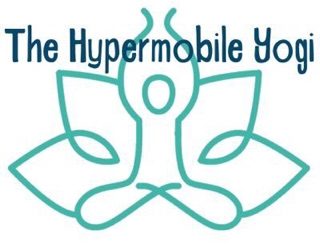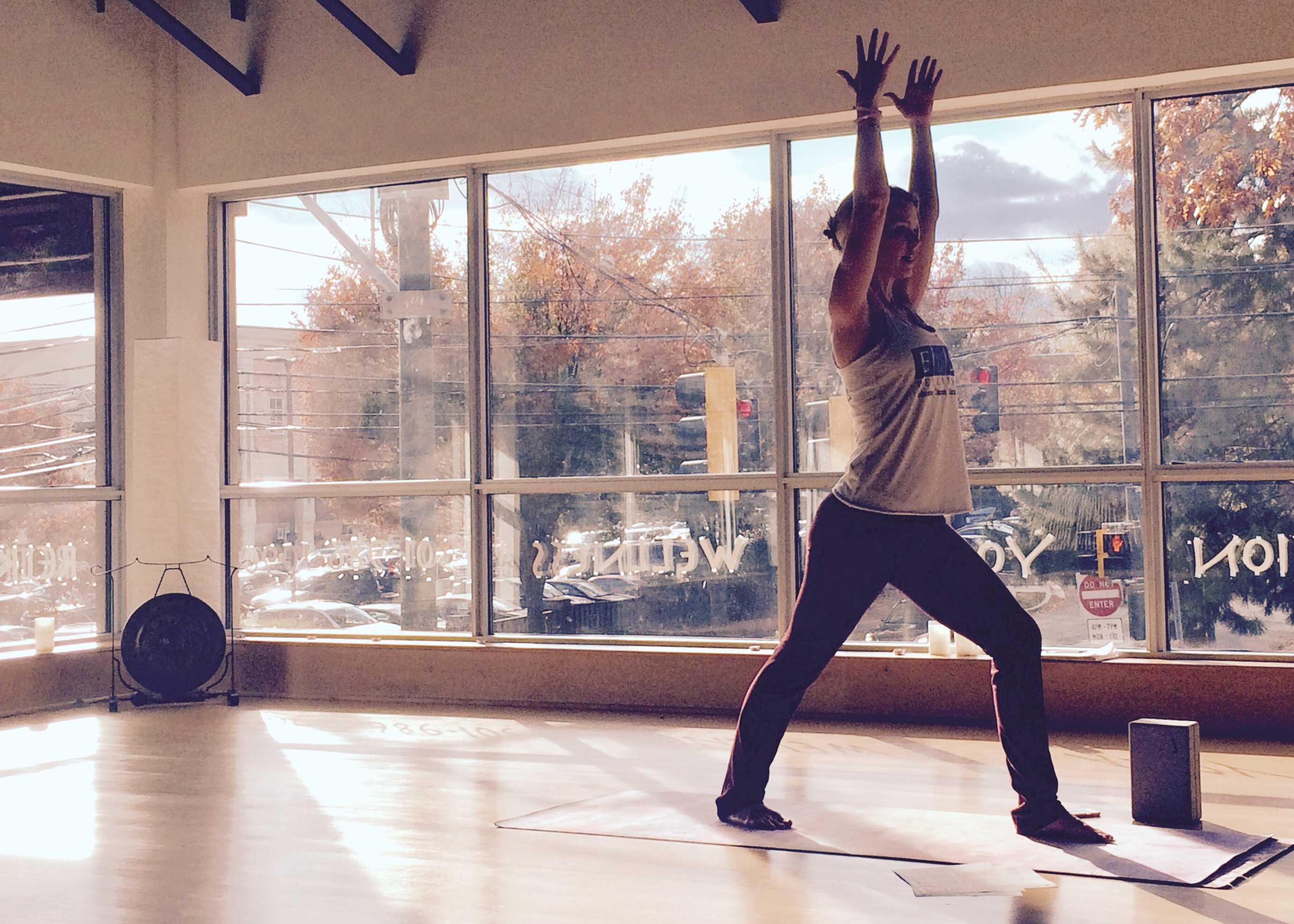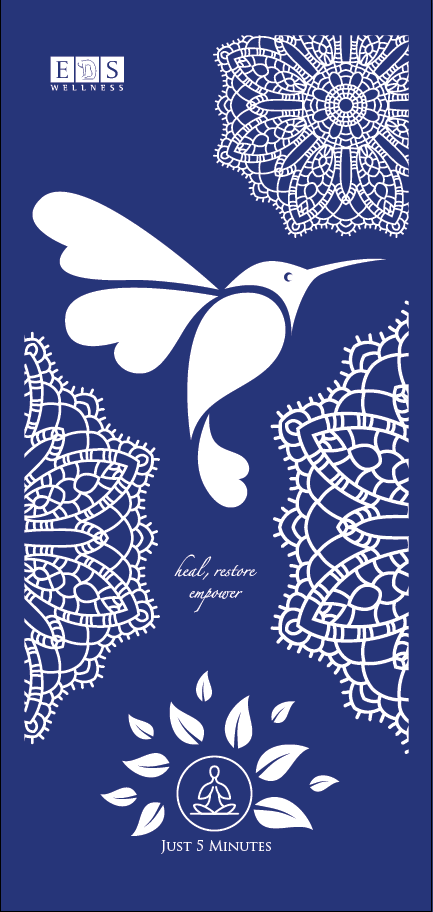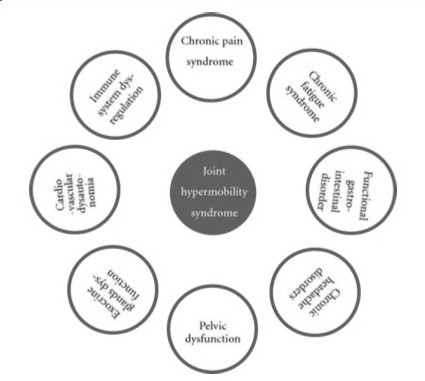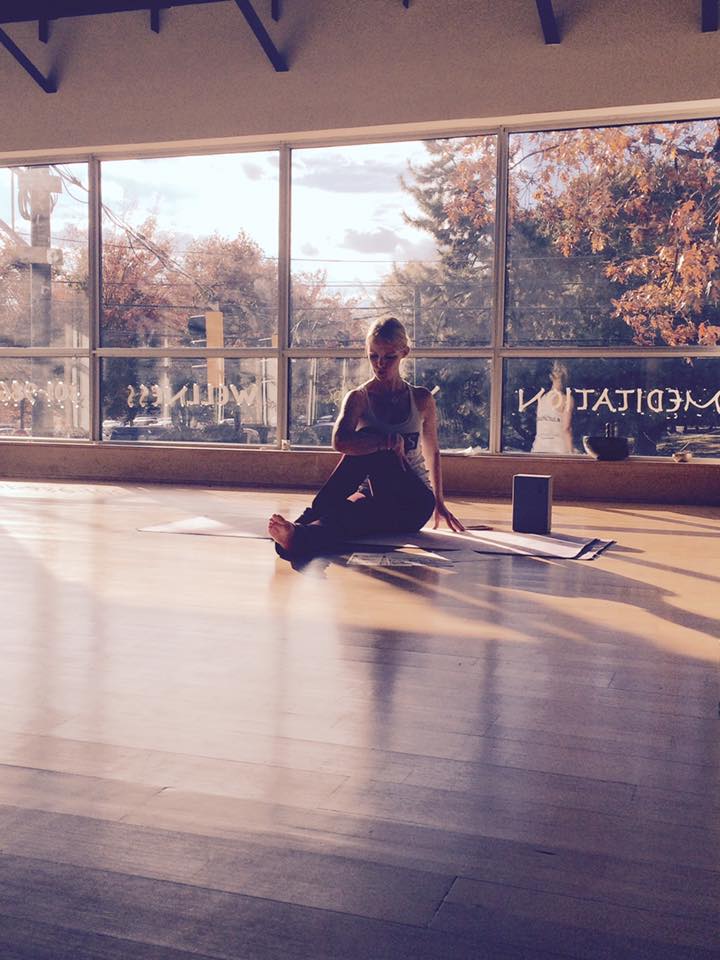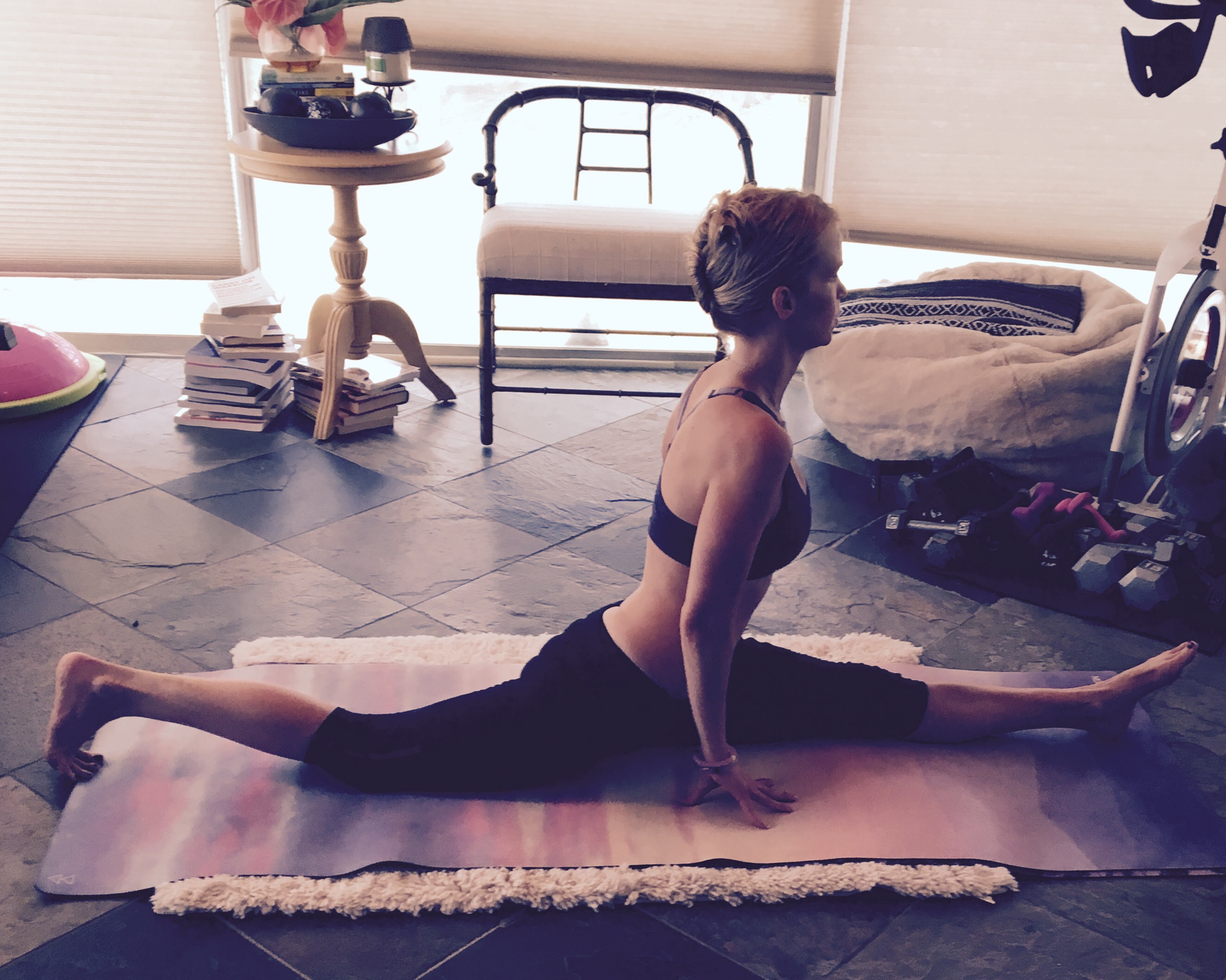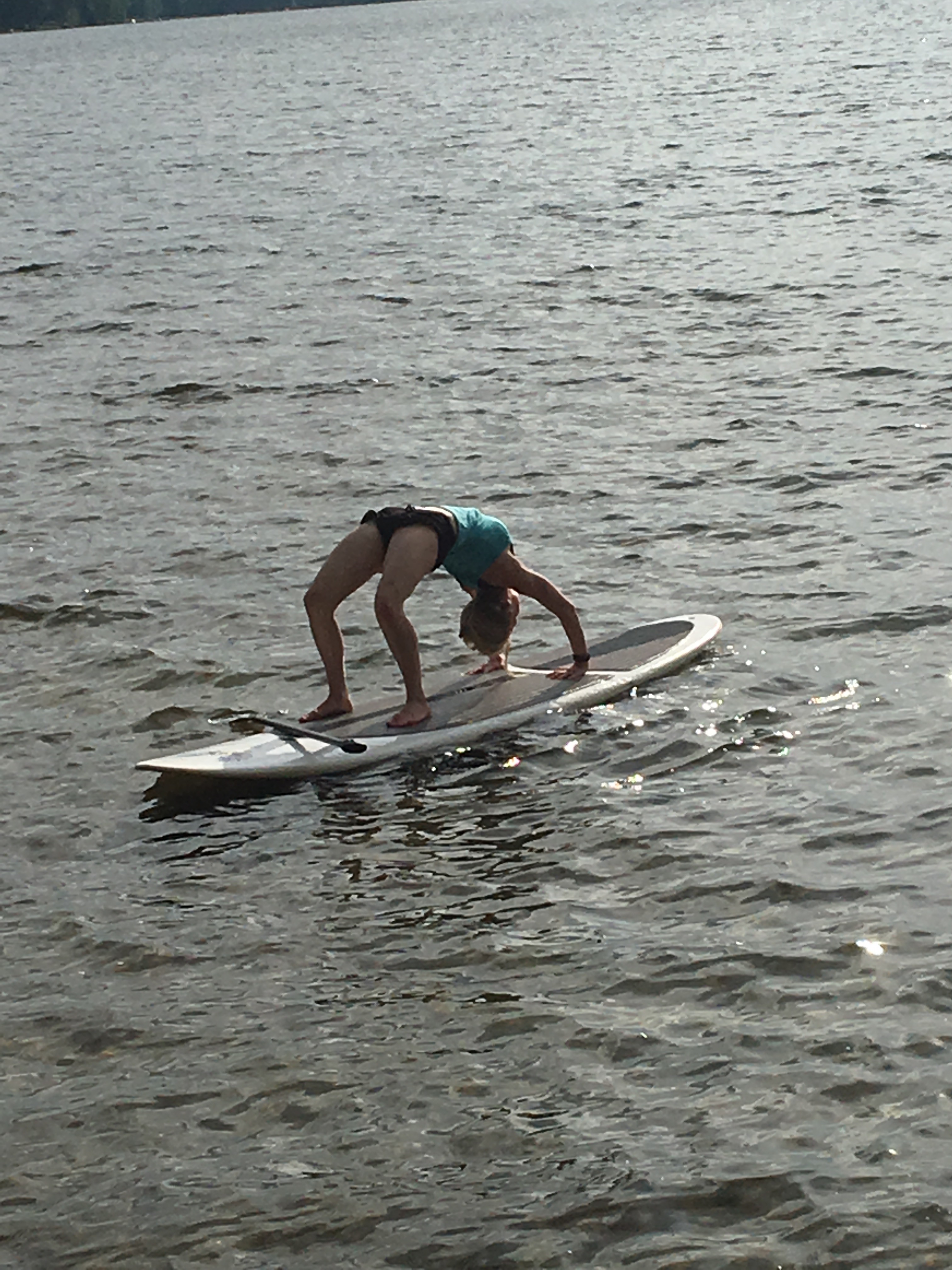#EDSFitTip – Practicing Yoga Safely with Joint Hypermobility (Clip 3)
‘Practicing Yoga Safely with Joint Hypermobility’ (Clip 3) with Kendra Neilsen Myles, C.H.E.S., RYT 200 – Video Clip is Part of the #EDSFitTip Movement Series. This video was recorded as part of the Yoga for Chronic Pain class held each Thursday from 1:15pm-2:15 pm at The Mindfulness Center in Bethesda, MD. Kendra’s weekly Yoga for Chronic Pain class, related educational materials, and video recordings are a part of the Mind-Body Strategies for Hypermobility with Chronic Pain program developed and implemented last year by Kendra Neilsen Myles, Founder & Executive Director of EDS Wellness, and in collaboration with Deborah Norris, Ph.D., founder of The Mindfulness Center, and Dr. Clair Francomano. Program materials and resources for program implementation of Mind-Body Strategies for Hypermobility with Chronic Pain, including the initial 4 workshops held between November – December 2016 at The Mindfulness Center, can be found here. Class video recordings and other related videos can be found on the Strength/Flexibility/Health/EDS YouTube Channel.
